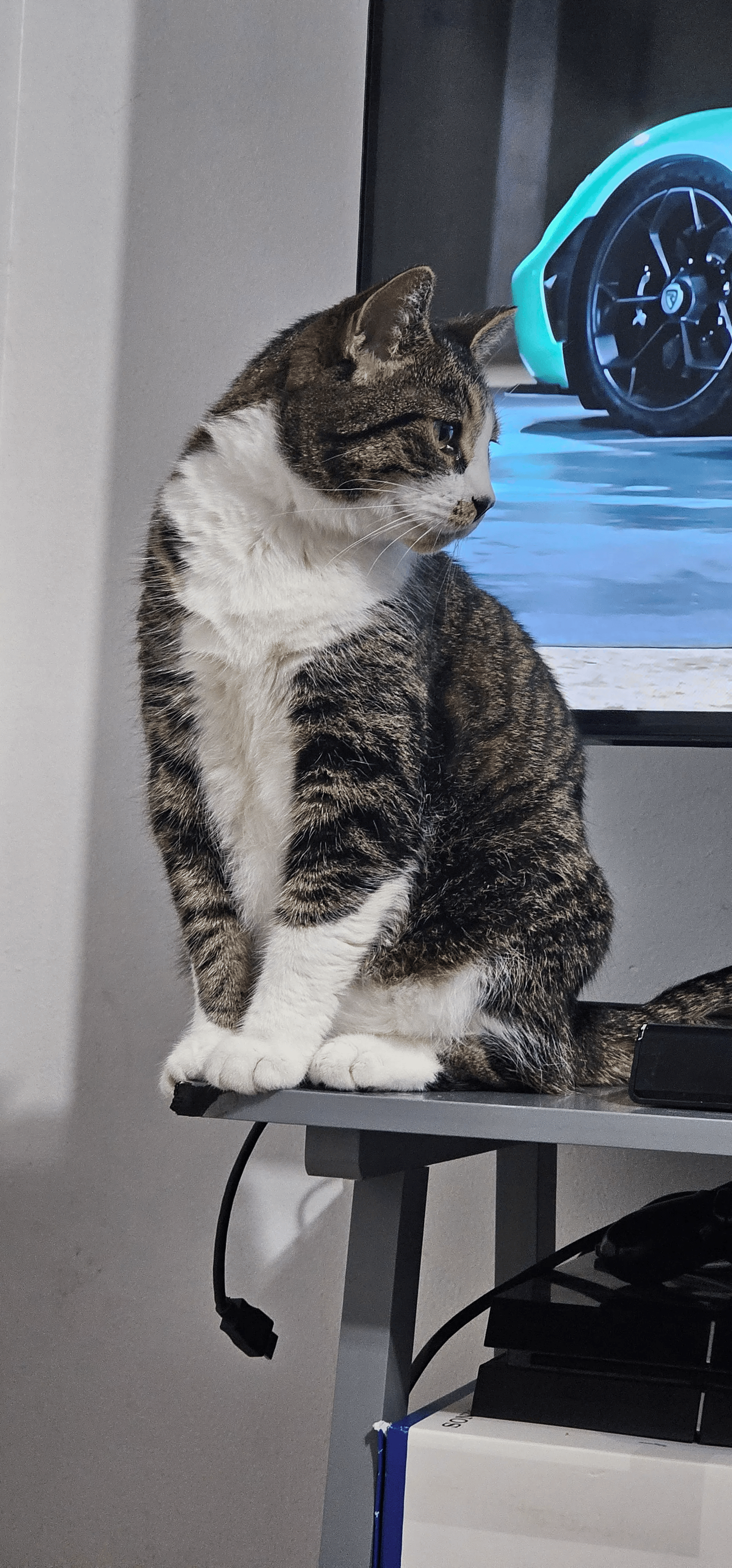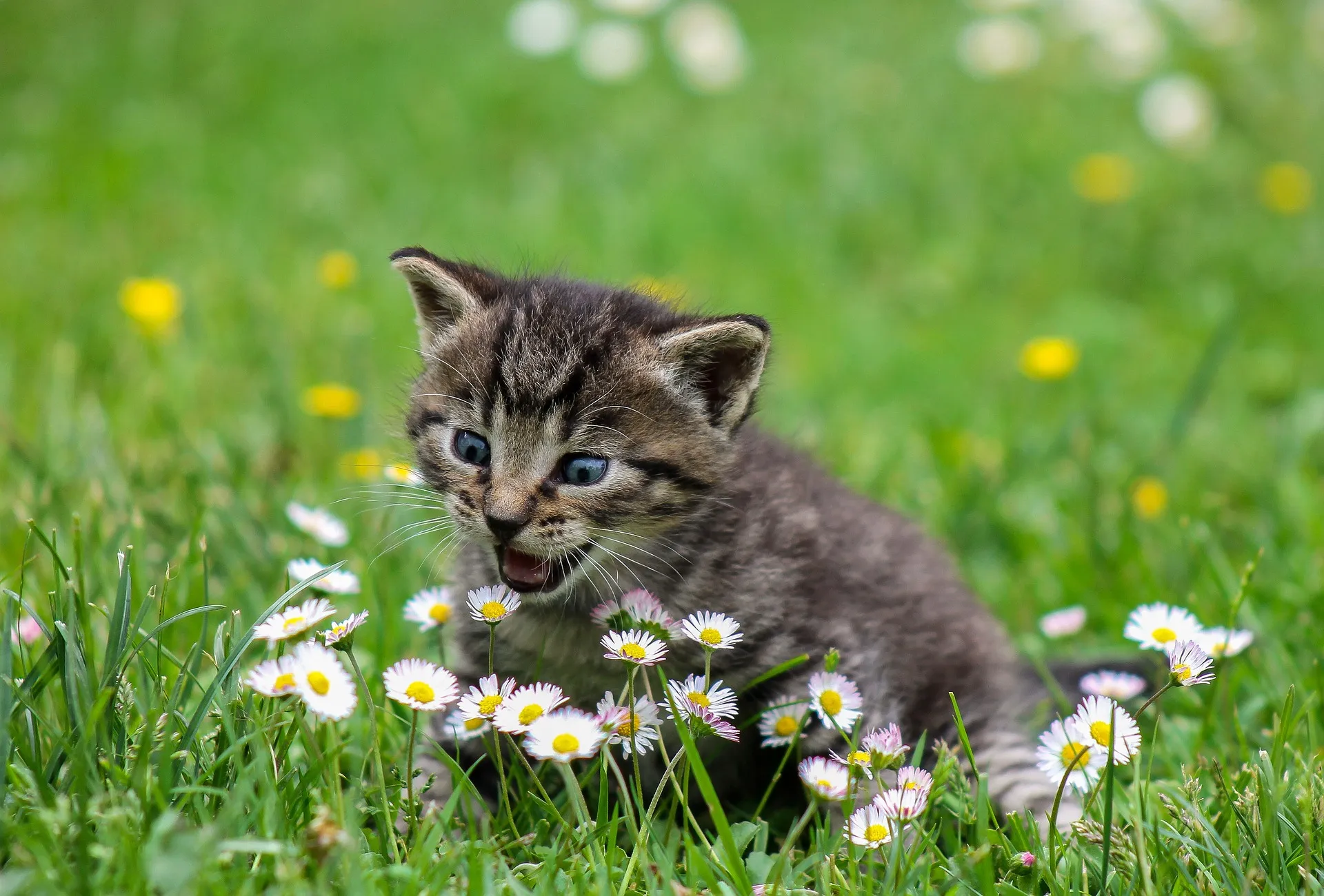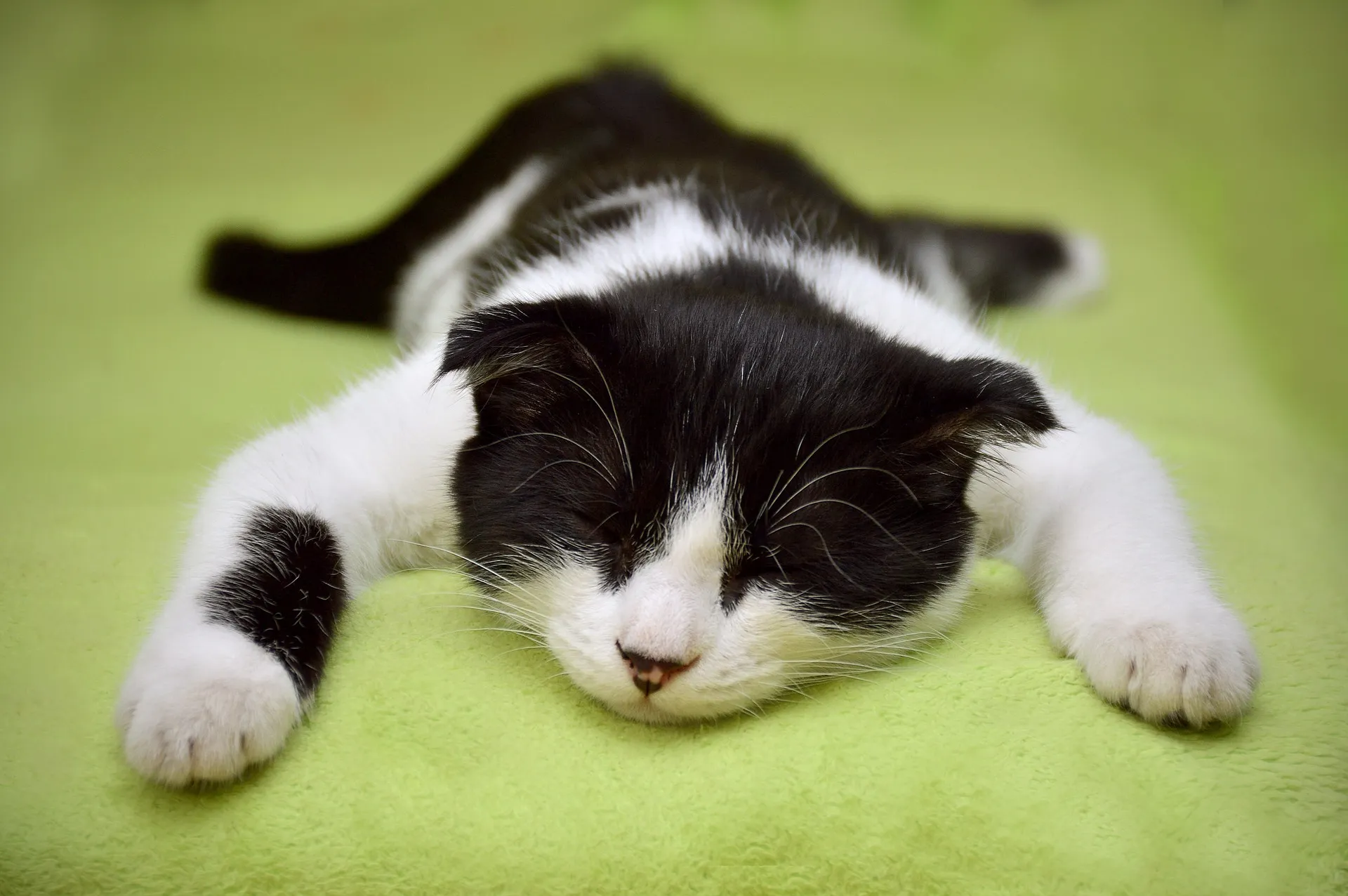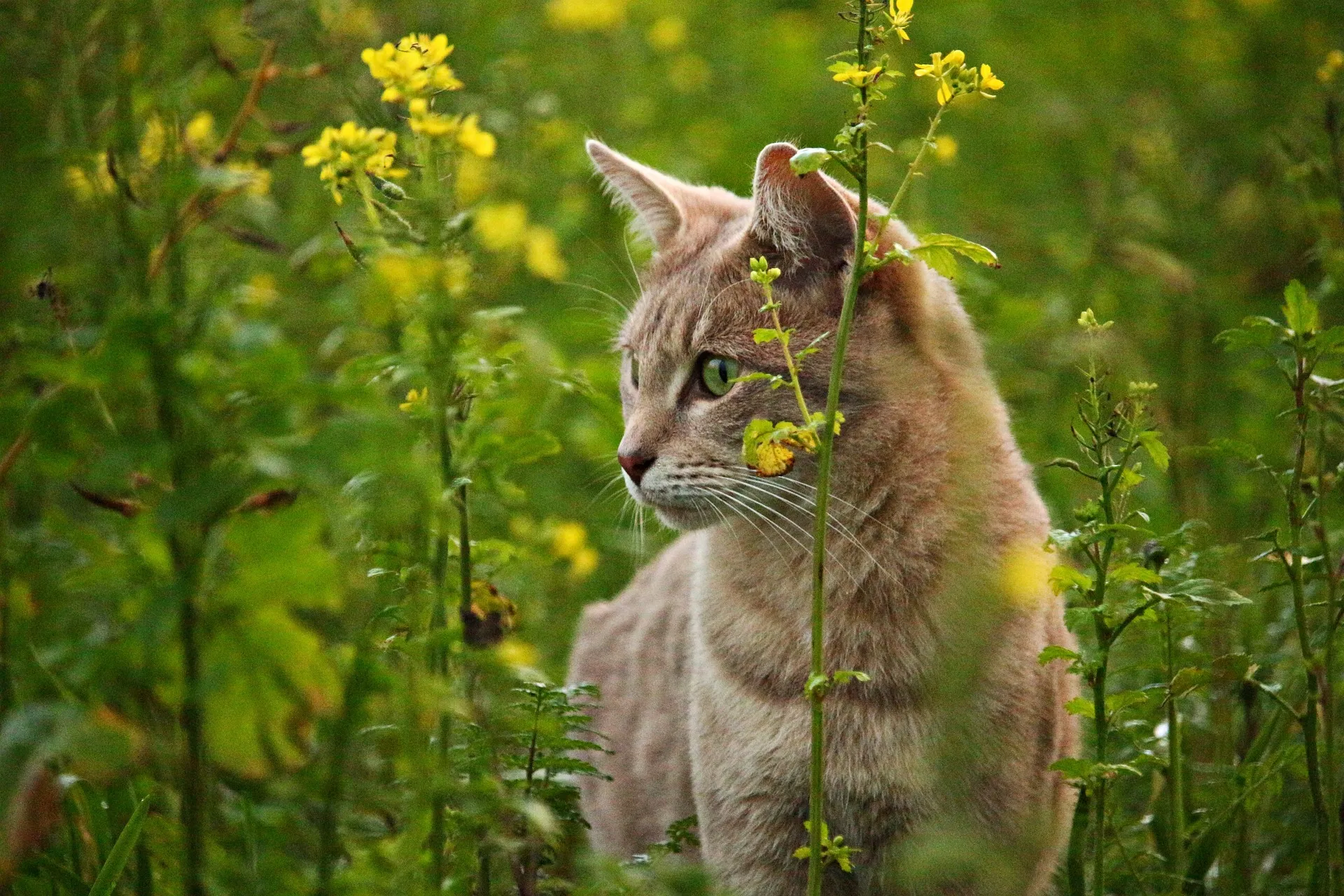Toxic and Poisonous Plants and Flowers to Cats: What Every Pet Owner Should Know
Many common household and garden plants are toxic to cats, leading to serious health issues or even death if ingested.

Understanding What Flowers Are Toxic to Cats

Before diving into specific plants, it's important to understand how and why certain plants can be toxic to cats. The toxicity levels vary among plants, and the effects can range from mild irritation to severe organ damage. The toxic components can be found in various parts of the plant, such as the leaves, stems, flowers, or roots. When ingested, these toxins can cause symptoms like vomiting, diarrhea, drooling, and in severe cases, seizures, coma, or death. Cats are more vulnerable to plant toxins than other pets due to their unique physiology. Unlike some animals, cats lack certain enzymes that help metabolize and detoxify harmful substances, making them more susceptible to poisoning.
Common Toxic Plants and Flowers to Avoid
Here's a list of some of the most common plants and flowers that are toxic to cats, along with the symptoms they may cause if ingested:
1. Lilies (Lilium species) Toxicity: Highly toxic. Even a small amount can cause kidney failure in cats. Symptoms: Vomiting, lethargy, loss of appetite, kidney failure. Note: All parts of the lily plant, including the pollen, are poisonous to cats. Easter lilies, tiger lilies, and daylilies are particularly dangerous.
2. Sago Palm (Cycas revoluta) Toxicity: Highly toxic. Even small amounts can cause severe damage. Symptoms: Vomiting, diarrhea, lethargy, liver failure, seizures, death. Note: The seeds or "nuts" of the sago palm are the most toxic part, but all parts of the plant can be harmful.
3. Aloe Vera (Aloe barbadensis) Toxicity: Mild to moderate toxicity. Symptoms: Vomiting, diarrhea, lethargy, tremors. Note: While aloe vera is known for its healing properties for humans, it can cause digestive issues in cats.
4. Tulips (Tulipa species) Toxicity: Moderate toxicity. Symptoms: Vomiting, drooling, diarrhea, depression, tremors. Note: The bulbs of tulips are the most toxic part, but the entire plant poses a risk to cats.
5. Oleander (Nerium oleander) Toxicity: Highly toxic. All parts of the plant are dangerous. Symptoms: Vomiting, drooling, diarrhea, irregular heartbeat, tremors, death. Note: Oleander is extremely toxic to cats, and even small amounts can be fatal.
6. Daffodils (Narcissus species) Toxicity: Moderate to high toxicity. Symptoms: Vomiting, diarrhea, abdominal pain, cardiac arrhythmias, convulsions. Note: The bulbs contain the highest concentration of toxins, but the entire plant is harmful.
7. Dieffenbachia (Dieffenbachia species) Toxicity: Moderate toxicity. Symptoms: Oral irritation, drooling, difficulty swallowing, vomiting, swelling of the mouth and throat. Note: Also known as "dumb cane," this plant can cause significant discomfort and potential danger if ingested.
8. Ivy (Hedera species) Toxicity: Mild to moderate toxicity. Symptoms: Vomiting, abdominal pain, hypersalivation, diarrhea. Note: Both English ivy and devil's ivy (pothos) are toxic to cats.
9. Autumn Crocus (Colchicum autumnale) Toxicity: Highly toxic. All parts of the plant are dangerous. Symptoms: Vomiting, diarrhea, drooling, difficulty breathing, seizures, kidney and liver damage, death. Note: Autumn crocus is particularly dangerous due to the presence of colchicine, which can cause multi-organ failure.
10. Azaleas and Rhododendrons (Rhododendron species) Toxicity: Moderate to severe toxicity. Symptoms: Vomiting, drooling, diarrhea, lethargy, coma, death. Note: All parts of these plants are toxic to cats, and even a small ingestion can be life-threatening.

What to Do if Your Cat Ingests a Toxic Plant
If you suspect that your cat has ingested a toxic plant, it is crucial to act quickly. Here are the steps you should take:
1. Remove the Plant: Immediately remove the plant from your cat's reach to prevent further ingestion.
2. Check for Symptoms: Observe your cat closely for any signs of poisoning, such as vomiting, drooling, difficulty breathing, or lethargy.
3. Contact Your Veterinarian: Call your veterinarian or an emergency animal clinic immediately. Provide them with details about the plant and the symptoms your cat is experiencing.
4. Do Not Induce Vomiting: Unless specifically instructed by a veterinarian, do not attempt to induce vomiting, as this can cause further harm.
5. Follow Veterinary Instructions: Your veterinarian may recommend bringing your cat in for treatment, which could include induced vomiting, activated charcoal, IV fluids, or other interventions.
Here's a very helpful video from the YouTube channel "The Zoological World" explaining "How to Treat a Poisoned Cat"
Safe & Non-Toxic Flower and Plant Alternatives for Cat Owners

While the list of what flowers are toxic to cats is extensive and may look daunting, there are plenty of safe alternatives for cat owners who want to enjoy greenery without risking their pet's health. Consider these cat-friendly plants: -> Spider Plant (Chlorophytum comosum) -> Boston Fern (Nephrolepis exaltata) -> Areca Palm (Dypsis lutescens) -> Bamboo Palm (Chamaedorea seifrizii) -> African Violet (Saintpaulia) -> Maranta (Prayer Plant) These plants are not only safe for cats but also add beauty and greenery to your home without the worry of toxicity.
Conclusion
As a responsible pet owner, it's essential to be aware of the potential dangers that certain plants and flowers pose to your feline friends. By educating yourself on what flowers and plants are poisonous for cats and then taking steps to keep your home free of them, you can ensure that your cat remains safe and healthy. At Apple Blossom Flowers, we prioritize the safety of all our customers' pets and are always here to provide guidance on cat-friendly floral choices. If you're ever unsure about the safety of a particular plant or flower, don't hesitate to ask our knowledgeable team for advice.
